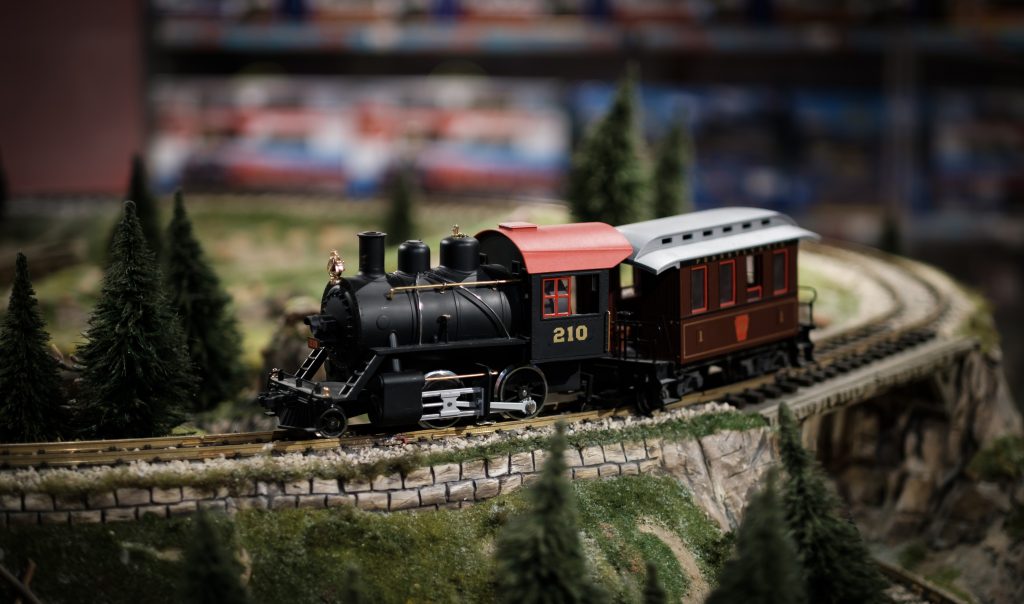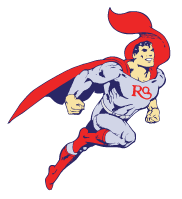Detailing a model railroad can be an exciting and rewarding part of the hobby, but it may initially seem overwhelming for beginners. Whether you’re just starting with your first layout or enhancing an existing one, knowing a few tips and tricks can make the process smoother and more enjoyable. So, in this guide, we’ll explore practical advice to help beginners master the art of model railroad detailing without feeling intimidated.
Adding Detail to Buildings In Your Model Train Set
Adding detail to buildings on your model railroad layout is a great way to bring your miniature world to life. Small touches like weathering, signage, and realistic textures can greatly affect how authentic your buildings appear. Start by adding subtle weathering effects—like faded paint, rust, or grime – to give the buildings a lived-in look. You can achieve this using dry brushing techniques or weathering powders. Adding realistic windows, doors, and roofing materials, like shingles or corrugated metal, enhances the texture and detail. Don’t forget to include accessories like benches, barrels, or small figures around the building to immerse your viewers in the scene further. These small details add depth and tell a story, making your layout more engaging and realistic.
Adding Fences to Your Layout
Fences are a simple yet effective way to add character and realism to your model railroad layout. They can help define property lines, create scenic boundaries, or enhance the atmosphere of your miniature world. You can choose from various styles of fences, depending on your layout’s setting. These include wooden picket fences for suburban scenes, wire or chain-link for industrial areas, or rustic post-and-rail fences for rural landscapes. You can buy pre-made fences or crafts using balsa wood, thin wire, or styrene strips. When installing fences, ensure they follow the natural contours of your terrain for a more realistic look. Adding small details like broken or leaning sections, gates, or vines growing along the fence can enhance the visual appeal and create a more dynamic scene.
Building Mountains & Adding Elevation
Building mountains and adding elevation to your model railroad layout creates a more dynamic and visually appealing scene. It also allows for interesting train routes, like tunnels and bridges, to excite your setup. To start, create a basic framework for your mountains using lightweight materials such as foam insulation, crumpled newspaper, or chicken wire. Once you have your shape, cover it with plaster cloth or papier-mâché to create a solid surface.
Shop For Model Trains Online
If you are a model train aficionado or someone new to the hobby and are interested in buying trains, accessories, or pieces for your model train’s landscape you can use our online store to shop for sets. For more information, please contact our team.


